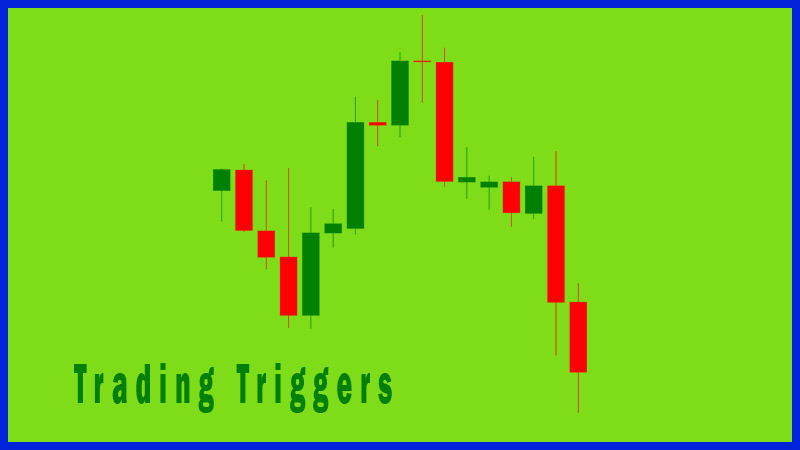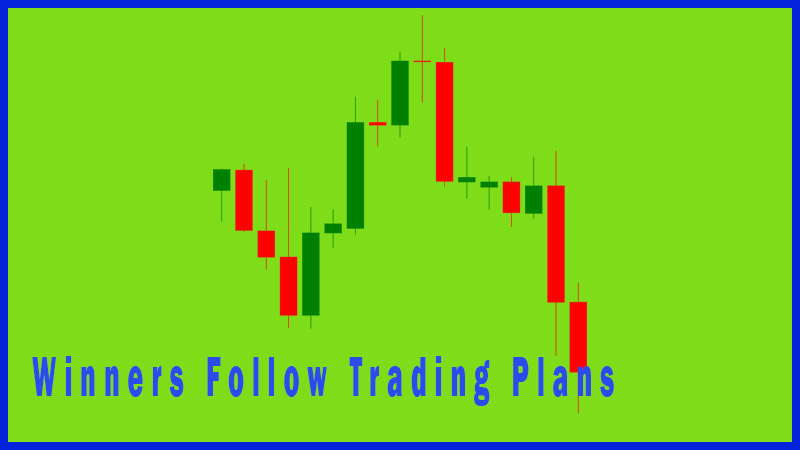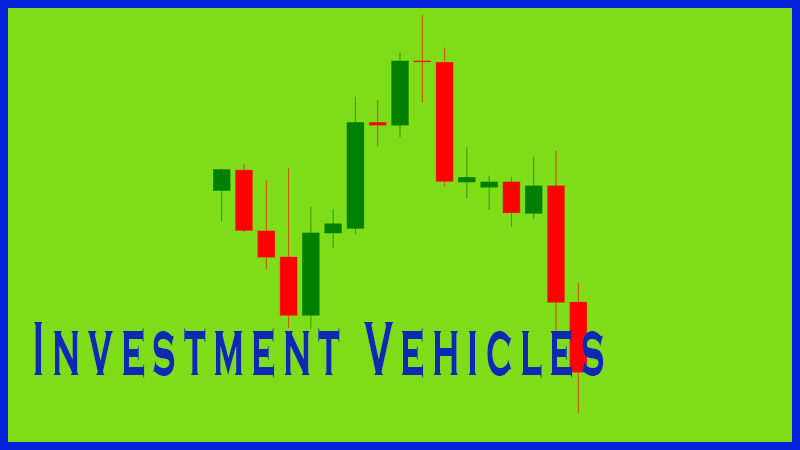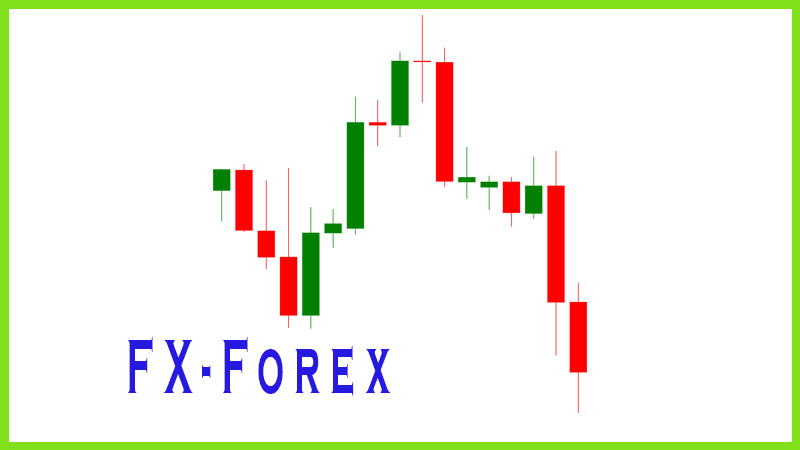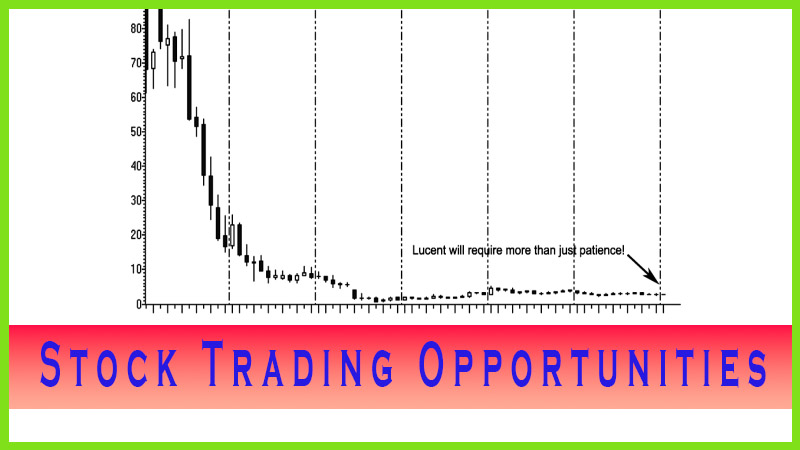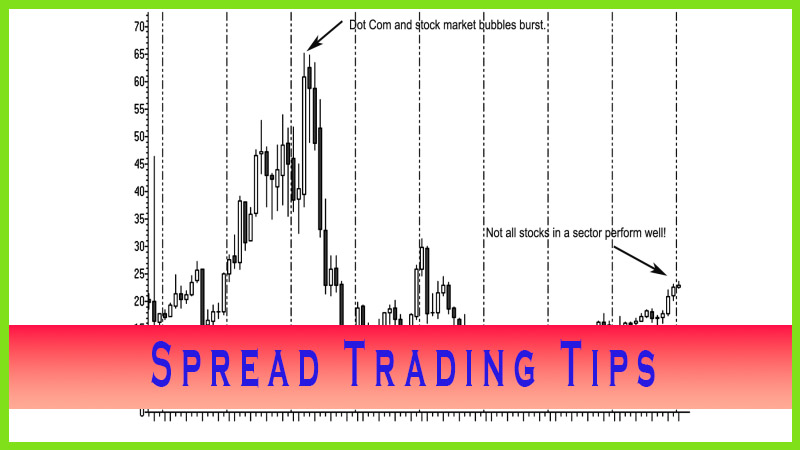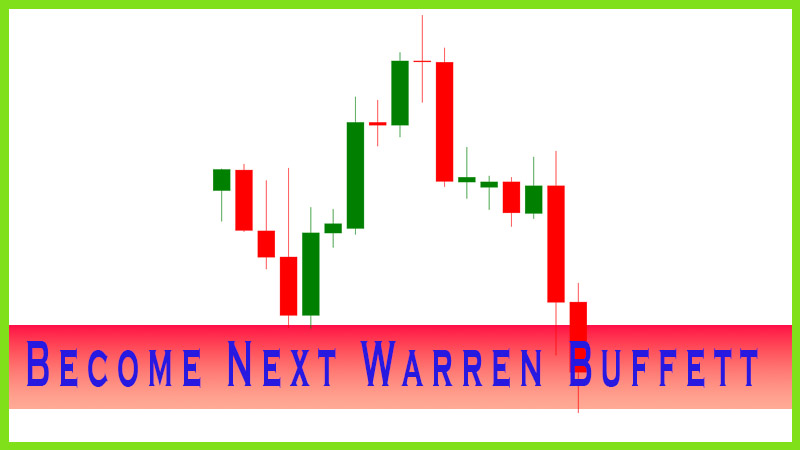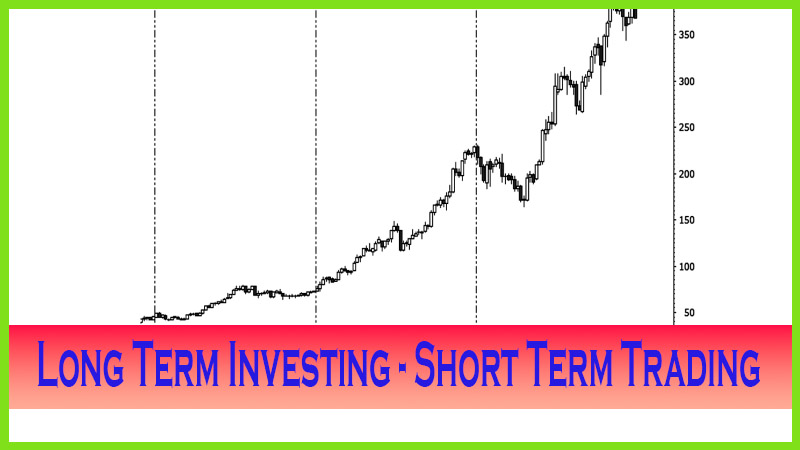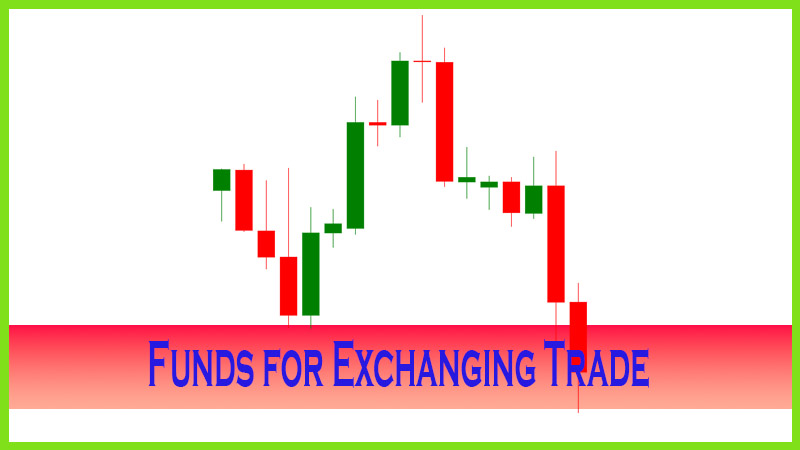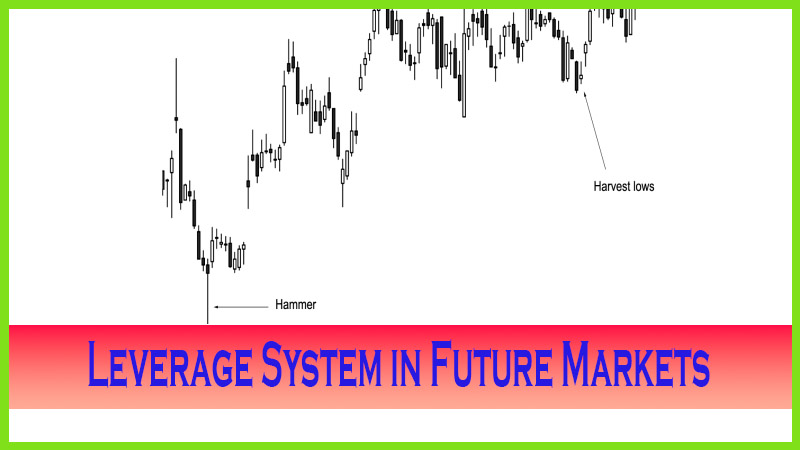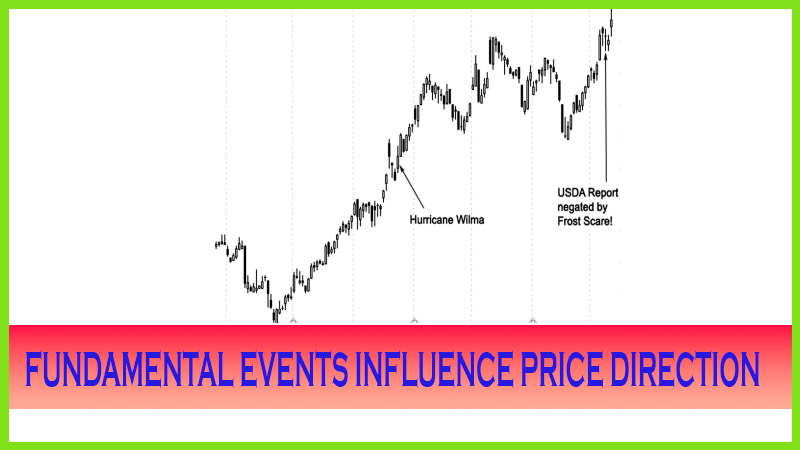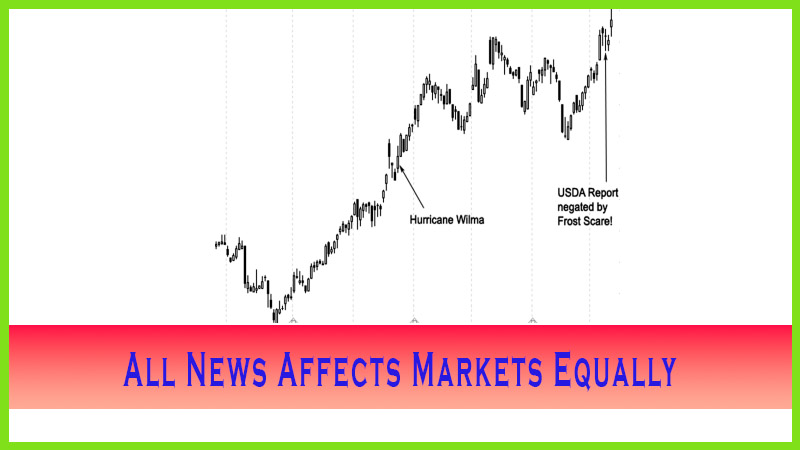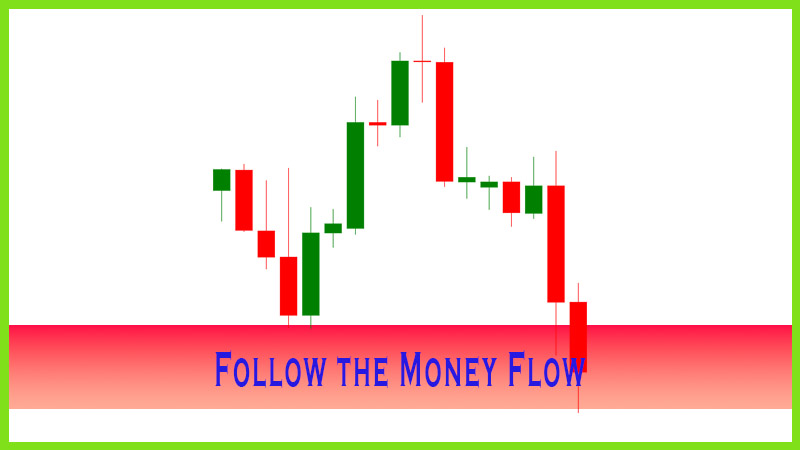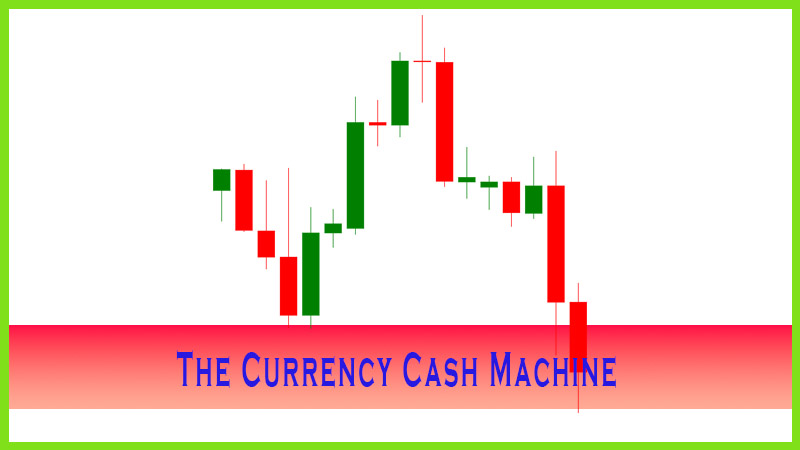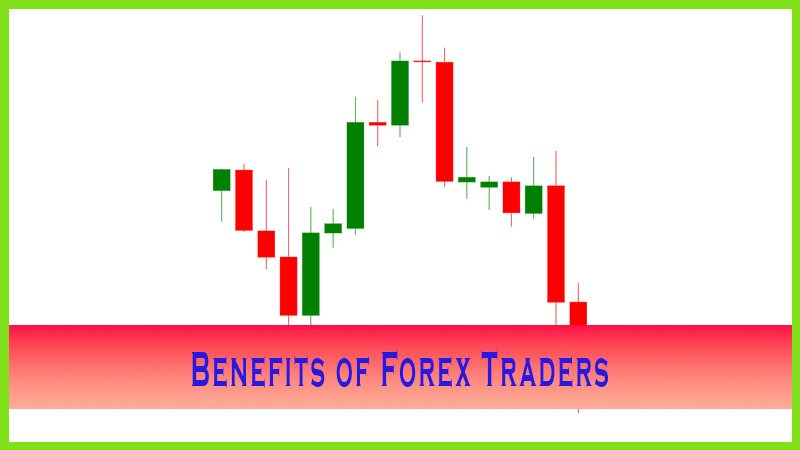Insider Trading Information
insider trading meaning, insider dealing, insider information, insider trading definition, insider trading policy
Course: [ The Candlestick and Pivot Point Trading Triggers : Chapter 1. Trading Vehicles, Stock, ETFs, Futures, and Forex ]
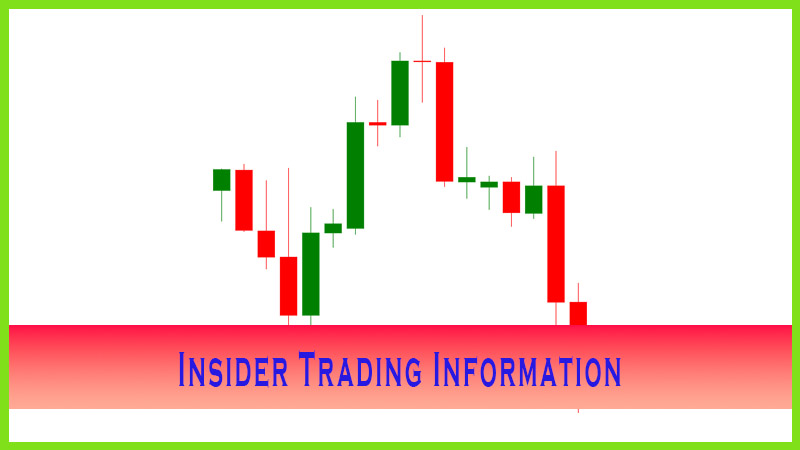
There is one more source of information that stock and spot forex currency traders can borrow from the futures industry. It is the Weekly Commodity Futures Trading Commission’s Commitment of Traders (COT) report.
INSIDER TRADING INFORMATION
There is
one more source of information that stock and spot forex currency traders can
borrow from the futures industry. It is the Weekly Commodity Futures Trading
Commission’s Commitment of Traders (COT) report. The CFTC market surveillance
staff closely monitors trading activity in the futures markets in order to
detect and prevent instances of potential price manipulation. Some consider
this “insider trading” information because every week we get to take a look at
which investor group is taking which side of a trade. (There are many studies
and books written on the subject. In fact, it was covered in my first book on
pages 162-165.)
As a
futures trader for over 26 years, I have used this information to capture many
significant moves in the markets. Figure 1.37 shows that there are several
categories. The first is the “non-commercial”—all large professional traders or
entities, such as a hedge fund, a commodity trading advisor, commodity pool
operators, and locals on and off the exchange floors.
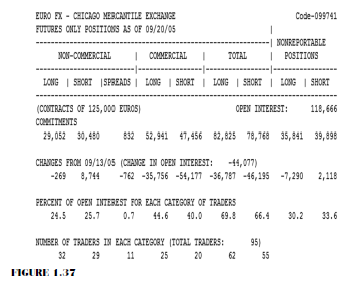
Any
trading entity that hits a reportable position limit (for instance, in the CME
currencies, at the end of 2005, the limit was 400 contracts) is reported by the
clearing firm to the exchange, which then turns the information over to the
CFTC.
The next category
is the “commercials”—banks and institutions or multinational conglomerate
corporations looking to hedge a cash position. The long and short open interest
shown as “non-reportable positions” are
derived by subtracting total long and short “reportable
positions” from the total open interest. Accordingly, for non-reportable
positions, the number of traders involved and the commercial/non-commercial
classification of each trader is unknown. This balance of positions is assumed
to be the small speculators. If you look at the first column under
non-commercials, you will see the breakdown of long positions versus short
positions. The next line down shows the changes from the prior week; this is
important information because you will be able to see if these guys unloaded
some of their positions or added to them from one week to the next. The line
under that tells you the percent of longs and shorts that are held. The last
line shows how many traders there are that control longs or shorts. The
information is gathered as of the close of business every Tuesday by each of
the clearing brokerage firms and is turned over to exchange officials, who then
report the information to the regulatory body know as the CFTC. This
information is released on Friday afternoons at 3:30 p.m. (ET).
It is
critical before acting on a decision based on this information to see if there
was a major price swing from Tuesday’s close to the time the information was
released on Friday, because positions may have changed hands. For example, in
Figure 1.37, if the British pound was at 1.7400 at 5 p.m. on Tuesday and the
price at Friday’s close was 1.7000, it will indicate a 400-point move. If the
COT showed small speculators net long, I will assume that the speculators were
no longer long, as not many small speculators can handle a 400-point loss.
Can
traders benefit and make money from this information? The answer is that there
is always a chance to make money. The key is to be able to afford to be not too
heavily leveraged if the market moves further than anticipated. The COT is like
an insider information report. It acts like a true consensus of who literally
“owns” the market. A forex trader can use this data to determine in a long-term
trend run if market participants are too heavily positioned on one side of the
market. It is generally the small speculator who is lefty holding the bag.
Let’s face it—money moves the market, and the banks and large professional
traders are a bit savvier when it comes to their business. After all, one would
think a bank has a good idea of what direction interest rates are going to go
once a central bank meeting occurs, right?
Suppose
the small speculators are showing a nice short position of, say, at least two
longs for every one short. If the non-commercials are net long and the
commercials are net long, chances are that the small speculators will be wrong.
I am looking for imbalances in markets that have been in a trending market
condition for quite some time, and therefore I can develop a game plan and start
looking for timing clues to enter trades accordingly. Keep in mind that the
commercials sometimes are not right; they are not in the market to time market
turns. They are hedging their risk exposure in a cash position. Therefore the
non-commercials, or professional speculators, in the short term are considered
the smart money.
Here are some general guidelines to follow for using the COT Report:
- If non-commercials are net long, commercials are net long, and the non-reportable positions category is net short by at least a two-to-one margin, look at buying opportunities. In other words, go with the pros.
- If non-commercials are net short, commercials are net short, and the non-reportable positions category is net long by at least a two-to-one margin, look at buying opportunities.
- If non-commercials are net long, commercials are net short, and the non-reportable positions category is neutral, meaning not heavily net long or short, look at buying opportunities and stick with the smart money speculating non-commercials.
The Candlestick and Pivot Point Trading Triggers : Chapter 1. Trading Vehicles, Stock, ETFs, Futures, and Forex : Tag: Candlestick Trading, Stock Markets, Pivot Point : insider trading meaning, insider dealing, insider information, insider trading definition, insider trading policy - Insider Trading Information

